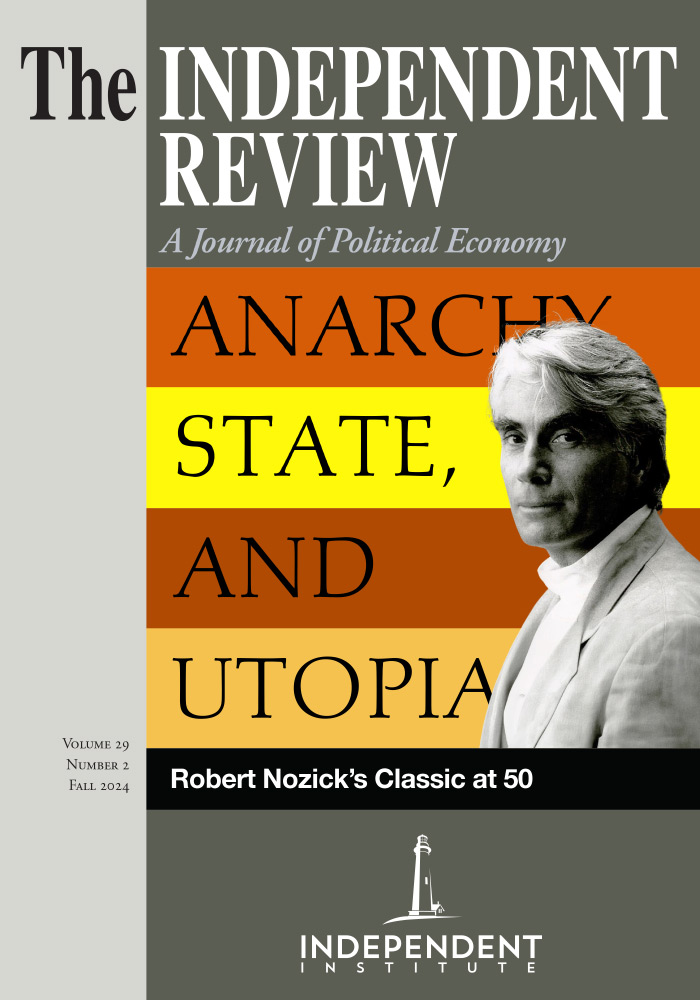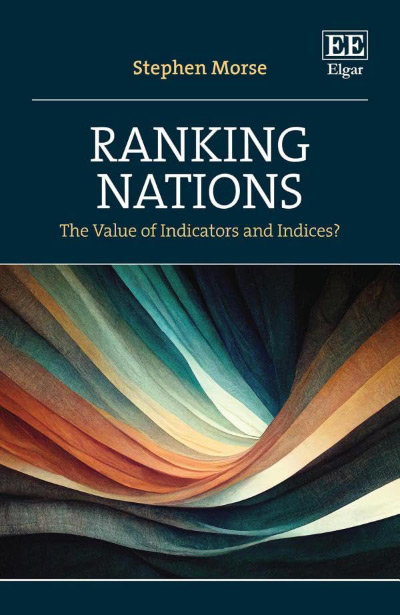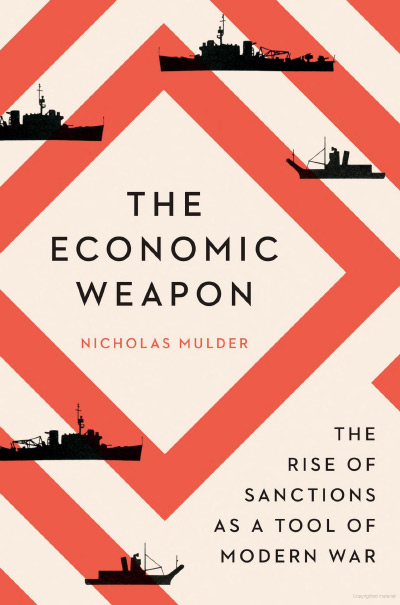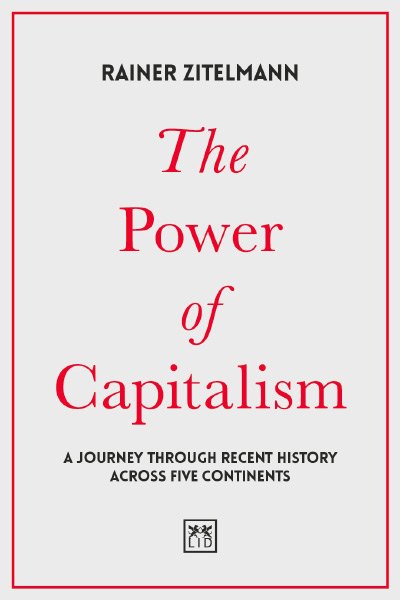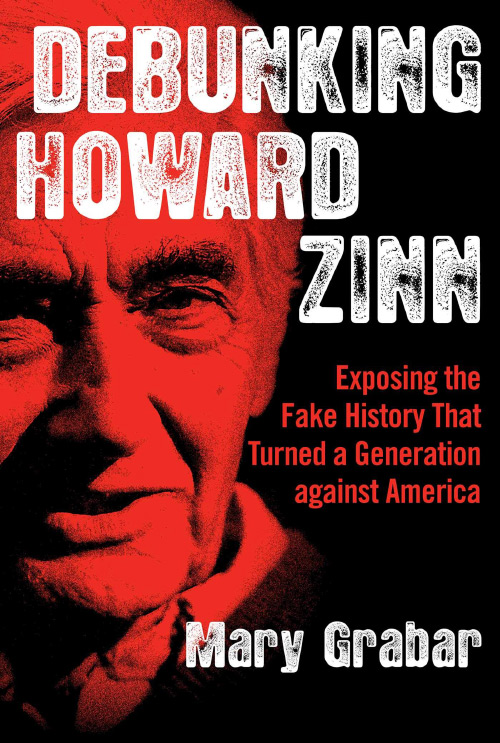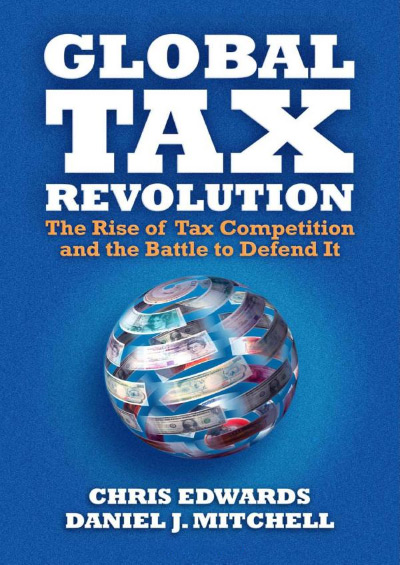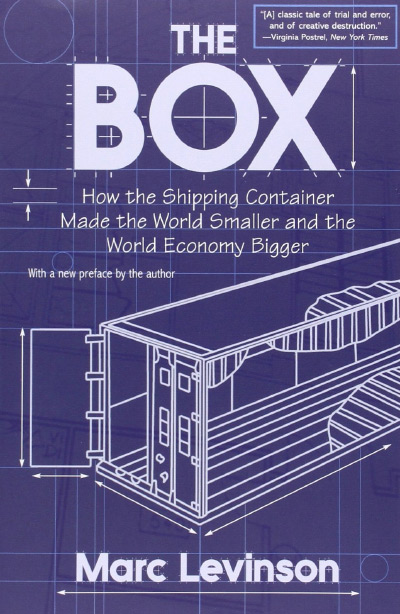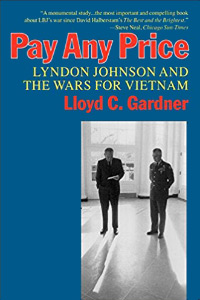Dale Copeland’s A World Safe for Commerce contributes to the International Relations literature on United States foreign policy in three parts. First, he develops a “dynamic realist” theory of great power politics. Second, he explains the foreign policy of the United States from the Revolutionary War to 1989. Finally, Copeland applies insights from parts 1 and 2 to the United States’s current relationship with China. This final section is the goal, and the most rewarding portion of the book. Copeland’s China analysis deserves the attention of U.S. policy makers who continue to pile protective trade measures on China.
Copeland claims great power competition is rooted in the commercial rather than the territorial realm. He builds on foundational work by Klaus Knorr and Robert Gilpin that explores the role of economic and commercial power in military power (see, for instance, Knorr’s The Power of Nations: The Political Economy of International Power, New York: Basic Books, 1973 and Gilpin’s U.S. Power and Multinational Corporations, New York: Basic Books, 1975). Copeland models a world with two great powers (Y and X) that trade and expand their territory. The world is split into three realms. In Realm 1, Y trades with allies. In Realm 2, Y trades with neutral states aligned with neither X nor Y. Realm 3 consists of X’s core trade and military partners. Copeland assumes all great powers desire to expand their economic influence and access. The three causal factors in the model are Y’s drive to expand Realm 1 at X’s expense, Y’s dependence on trade in Realm 2 and 3, and Y’s future expectations for trade and investment in Realm 2 and 3. The third is the most influential.
To this foundation Copeland adds variables to explore potential spirals of mistrust that lead to conflict. The first is the adversary’s character type (present and future). X is either rational or irrational and security or non-security maximizing. Y is assumed to be a Rational Security Maximizer (RSM). Country X could be an RSM, a Rational Non-security Maximizer, an Irrational Security maximizer, or an Irrational Non-security Maximizer. State Y is not only concerned with X’s current behavior but anticipates how X’s behavior will change over time to determine X’s threat level and whether hard or soft policy is warranted. When X is interpreted as becoming less rational or more focused on glory than security, this limits Y’s belief in positive future trade expectations, provoking harder policy. This will produce a spiraling effect and deteriorating relations.
Copeland applies this dynamic realism to American foreign policy from the Revolutionary War to the end of the Cold War. In this section, he sets his theory against competing liberal and realist theories (see Andrew Moravcsik “Taking Preferences Seriously: A Liberal Theory of International Politics,” International Organization, 51.4 [1997]: 513-553 (liberal), and Kenneth Waltz’s Theory of International Politics, New York: Random House, 1979, Chapters 3-5 (realist)). Copeland argues that no one theory explains all events, but that there are propelling, facilitating, constraining, accelerating, reinforcing, and distorting causal factors. Each chapter sets dynamic realism against common interpretations of the subject at hand, and builds a detailed, qualitative argument from primary and secondary sources for the causal role of trade expectations.
For example, the American Revolutionary War is explained not by domestic politics or ideological struggle, but colonial merchants’ declining trade expectations (see T.H. Breen, The Marketplace of Revolution: How Consumer Politics Shaped American Independence, Oxford University Press, 2004 (domestic) and Bernard Bailyn, The Ideological Origins of the American Revolution, Cambridge, MA: Harvard University Press, 1965 (ideological)). As Britain began to enforce its restrictive trade acts in 1764 and increasingly built a mercantilist policy that limited the growth of the British North American economy, colonists became convinced that as colonies they would not be able to reach their economic potential. This led to a spiral of increasingly hostile actions that culminated in the Revolution.
Expanding and safeguarding the nation’s markets is Copeland’s root cause for the growth of the young American republic. For example, Thomas Jefferson made the offer to buy New Orleans due to fears that France would make the port a bottleneck for Mississippi trade. The period of Manifest Destiny to 1848 is explained in light of British attempts to control Texas, California, and Oregon. Copeland labels ideological concerns (e.g., manifest destiny, slavery, and greed) as facilitating factors, that were of secondary importance when considering the need to protect Realm 1 trade interests from British encroachments.
The Spanish American War is a good example of how Copeland applies his theory throughout the text. First, he argues that 1898 was not a break in isolationist U.S. foreign policy, but a continuation of trade expectations logic. The colonization of Africa and China by European powers in the 1890s led U.S. leaders’ trade expectations to diminish. This, combined with renewed civil war in Cuba, pushed William McKinley to explore how to secure coaling stations and safe harbors and extend naval power and trade access in Realm 2. Copeland describes McKinley’s diplomacy as Machiavellian, as he takes aim at competing theories for the start of the war. Specifically, he argues against domestic pressure, the need for elite capitalist acquisition, and a stumbling theory. He wields the Foreign Relations of the United States (Washington, DC: U.S. GPO, 1898) to argue that the shift to imperialism was propelled by the threat of European powers shutting the U.S. off from the world’s resources, investment, and markets.
Skipping ahead to the Cold War, Copeland makes a thorough argument for why the U.S. and U.S.S.R. were motivated throughout by trade expectations. First, Copeland details the period from 1943–45 where tensions initially escalated. He details Roosevelt’s focus on securing future trade in Realm 2 whose most significant acts were ending the Soviet lend-lease policy in 1944–45 and shifting resources to Western Europe for fear that West Germany would collapse. Copland argues that these sparked Soviet fears of declining trade and began the initial cooling of relations between the two great powers. Through a detailed study of Bulgarian and Romanian economies post World War II and the Potsdam Conference, he argues that declining trade expectations, anticipated development of Russian power, and an increasing ideological divide laid the groundwork for the Cold War.
Copeland offers a novel analysis of the potential for détente throughout the Cold War. He argues that even when trade is virtually absent, expectations of future trade still impact a country’s foreign policy. Regarding the Cuban Missile Crisis he asks, “Would Khrushchev have been as concerned about a short-term Soviet position of inferiority had he been more confident that the Americans were not seeking to drive Russia and its sphere into the ground economically?” (p. 336), The Nixon-Kissinger 1972 trade deal led the Soviets to a momentary pull back in Vietnam and to allow Washington control of the 1973 Israeli-Egyptian conflict. However, when domestic scandal prevented American follow-through on trade, the Soviets reinvigorated their support in Vietnam, moved into several African countries, and invaded Afghanistan. He concludes with Gorbachev’s policies to demonstrate Moscow’s desire to be reintegrated into the world trading system. As the U.S. signaled improving trade expectations, thawing began.
The most significant portion of A World Safe for Commerce for contemporary purposes is the analysis of the current U.S./China relationship. Copeland juxtaposes his theory with China pessimists (see, for instance, John Mearsheimer, “The Inevitable Rivalry: America, China, and the Tragedy of Great-Power Politics,” Foreign Affairs 100, 2021) and optimists (for example, Alastair Iain Johnston, “How New and Assertive is China’s New Assertiveness?” Quarterly Journal: International Security, 2013). Copeland has developed a dynamic approach to the problem. He lays out three stages with four outcomes: stage 1 the present, stage 2 China either outpaces U.S. GDP or flattens out, and stage 3 the future that follows stage 2 where the China or the U.S. are on top. The variables of interest are China’s GDP growth relative to the United States and China’s evolving type (Rational Security Maximizer or glory and expansion of Chinese socialism).
Copeland explains each potential outcome in detail and does not take a position on which will arise. However, he does argue that China has not peaked yet contrary to Hal Brands and Michael Beckley (Danger Zone: The Coming Conflict with China, New York: Norton, 2022). Policy makers would do well to consider his conclusions. 1. Do not exacerbate an adversary in economic decline. Worsening trade expectations could provoke violent response (e.g., Japan 1941). 2. All great powers have an incentive to expand their influence into Realms 2 and 3. Therefore, China’s Belt and Road is not necessarily aggressive. 3. Chinese actions that look like shifting to a drive for glory may be efforts to stop ideological decline and weakening domestic policy. In short, to perpetuate peace between China and the U.S., trade policy should increase expectations for future trade, not diminish them. Unfortunately, President Biden’s May 14, 2024, tariffs do the exact opposite, furthering the ongoing “decoupling” process and exacerbating Beijing’s worries of a hostile United States.
| Other Independent Review articles by Nathaniel W. Smith | |
| Winter 2023/24 | Institutions and Economic Development: Markets, Ideas, and Bottom-up Change |

